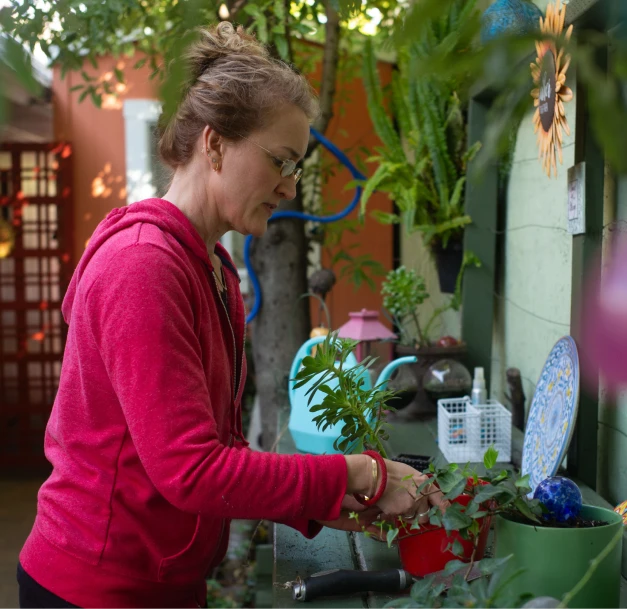Please select one:
EYES ON XLRP: UNDERSTANDING THE IMPACT
Vinny, living with an IRD

X-linked retinitis pigmentosa gets worse over time
Inherited retinal diseases (IRDs) are rare, but the most common type of IRD is retinitis pigmentosa (RP), affecting 1 in 3000 to 4000 individuals worldwide. Even more rare is a type of RP called X-linked retinitis pigmentosa (XLRP). It is among the most severe forms of RP.
XLRP looks different for everyone, but symptoms typically begin in childhood, causing vision to get worse over time. The age of diagnosis is typically around childhood or early adolescence. Individuals with XLRP often reach legal blindness by their 30s or 40s, and as of now, there is no known treatment available. Early genetic testing can help you and your eye specialist make a proactive plan to protect your vision.
Every year, people with XLRP gradually lose:

4%
of their visual acuity*
Visual acuity, or sharpness of vision, is the measure of how well the eye can distinguish shapes and details of objects at a distance.

~7%
of their visual field area†
Your visual field area is how wide your eye can see when you focus on a central point. It includes peripheral (side) vision.
*Based on a 2007 study of 113 patients with genetic mutations. Vision loss was measured for an average of 9.8 years.
†Data were collected from a 2020 study of more than 1300 medical records from the Eye Institute of Alberta and the University of Alberta Hospital. A total of 275 kinetic visual field tests were collected from 52 subjects with retinitis pigmentosa over a period of up to 29 years.
Disease progression with XLRP can look like this
Click and drag the slider below to see how XLRP symptoms get worse over time.

Early childhood (ages 1-10)
- Night blindness
- Bumps and falls
- Difficulty navigating in the dark (impairment of low luminance vision)
XLRP affects every part of life
Over time, XLRP can severely affect the functional vision you depend on to do everyday activities. This can have a big impact on your quality of life:

Being visually impaired is not just what you see or don’t see. It’s a whole range in between. And so, for so many people there’s just a misunderstanding of what it is and what they can do and can’t do.”
— Lisa, living with an IRD
To see how XLRP§ can impact your daily life, click one of the tabs below
§XLRP is a type of RP.
- More frequent accidents, falls, bumping into objects
- Loss of driving ability
- Difficulty seeing at night
- Struggles with reading

My fiancé has to tell me if the dishwasher or cabinets are open, because I might bump into something.– Charlie, living with an IRD
For those living with XLRP and their family members, connecting with specialists and support such as advocacy groups, mental health services, low-vision resources, and technology can make a difference.
Visit resource center
